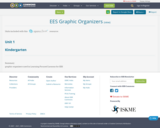
graphic organizers used in Learning Focused Lessons for EES
- Subject:
- Education
- Material Type:
- Lesson Plan
- Teaching/Learning Strategy
- Date Added:
- 06/09/2017

graphic organizers used in Learning Focused Lessons for EES

This course is designed to prepare you for a successful student teaching experience. Some of the major themes and activities are: analysis of yourself as a teacher and as a learner, subject knowledge, adolescent development, student learning styles, lesson planning, assessment strategies, classroom management techniques and differentiated instruction. The course requires significant personal involvement and time. You will observe high school classes, begin to pursue a more active role in the classroom in the latter part of the semester, do reflective writings on what you see and think (journal), design and teach a mini-lesson, design a major curriculum unit and engage in our classroom discussions and activities.

Module OverviewAs we begin to delve into all things teaching, it's good to start with a look at what makes a teacher an effective one. Though the Art of Teaching comes more naturally to some more than others, all teachers who are effective exhibit key teaching behaviors and understand their students.
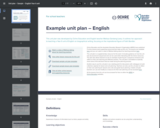
It includes guidance on how the unit was structured and sequenced and can be used while interacting with the Ochre resources. The plan also allows teachers to see an example of planning for a sequence of lessons and
reflect on their own teaching and effective practice. The unit plan is annotated to explicitly show some of the decisions that are made during the planning process.
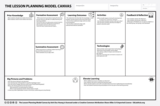
Lesson Planning Model Canvas is a practical and systematic template for teachers to design and renovate learning and teaching plans, regardless of student's grades. The model does not limit to teaching activities only but includes overall constructivist approaches toward rounded education. The model is inspired by the Business Model Canvas, which was initially proposed in 2005 by Alexander Osterwalder.
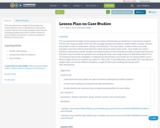
This one-period lesson begins by discussing case studies and how they are beneficial in social science research. The two case study examples come from the sociology discipline and relate to subject matter on power, division, and protest, as well as socialization, identity, and interaction.
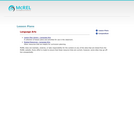
Resources developed by the Mid-continent Research for Education and Learning(McREL. A compendium of content standards and benchmarks for K-12 education in both searchable and browsable formats. Resources, including lesson plans align to the Common Core State Standards.
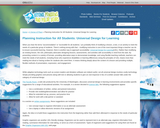
This article describes the principle of Universal Design for Learning and how teachers can use this principle when designing lessons.
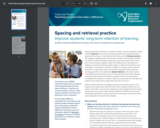
Spacing and retrieval practice can improve students’ long-term retention of their learning. This guide outlines key practices for using spacing and retrieval in the classroom:
Make sure learning retention is maximised by spacing learning across lessons.
Prompt your students to recall information in different ways to enhance long-term retention.
Plan your lessons around routines.
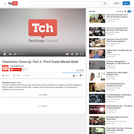
Jen Saul combines think time, partner discussions, and an emphasis on students' personal strategies to build confidence through mental math. Students use and discuss the strategies of "decomposing," "splitting," and "jumps of ten."